Digital agencies’ tongues have been wagging over Inbound Marketing for the last few years, but there is still confusion among business owners. I recently discussed these issues with our own Tracy Lauritzen, who works closely with clients, and she provided helpful insight. It’s not uncommon to get the big ol’ shoulder shrug followed by, “I have no idea what that is,” as we begin discussing Inbound Marketing with our clients.
Sign up for the Inbound Marketing Basics Email Course
Inbound Marketing strategies shouldn’t be forced on you. You should crave it and be excited about it. To get you there, we’ve answered 5 common Inbound Marketing questions. We’re going to give it to you straight, because this methodology is not a passing fad; it’s the next step for anyone looking to grow their business.
Here are the 5 questions we’ll answer for you:
- What is Inbound Marketing (in a nutshell)?
- How does it work?
- Who does it work for?
- What results can you expect?
- What are the first steps?
(1) What the, H-E-double-hockey-sticks, is Inbound Marketing?
Here’s the professional schtick:
Inbound Marketing is a fundamental shift in the way companies market. It is customer focused by providing helpful or interesting content that people want. Inbound marketing empowers potential customers and brings them to you, rather than you fighting for their attention in the media stratosphere.
Simply put - it’s about getting information to people with a question or a problem they need to solve.
(2) How does Inbound Marketing Work?
Think of all the times you’ve been watching a TV show, looking up YouTube videos, or listening to music on Pandora, and an ad pops up unannounced. You are so excited to stop what you’re doing and watch a 30 second ad that has no relevance to you at that particular moment, right?
We call these types of ads “interruptive advertising.” You are literally being interrupted from your search or program with ads that are fighting each other for your attention. Inbound Marketing is not interruptive, and it’s actually relevant to the user.
Let’s look at an example. A runner is looking for a particular type of shoe, to solve a problem she is having. She will go through several steps before making a purchase.
Her “buyer’s journey” may look something like this:
- She searches online for “best shoes for runners with weak ankles.”
- She reads up on shoe features that are best for weak ankles.
- Once she’s educated on what she needs, she then searches for shoes with these features.
- She’s at the end of the journey and will now decide where to purchase shoes.
The sole purpose (no pun intended) of Inbound Marketing is to provide relevant and valuable content to nurture that customer throughout her buyer’s journey. Then, once she is ready to buy, she turns to you.
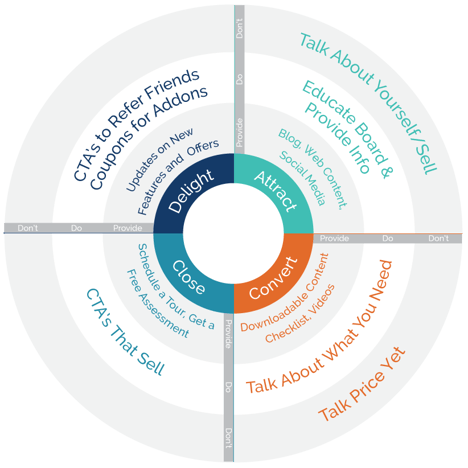
Let’s look at that those steps again and see where there are opportunities for Inbound Marketing:
- Search online for “best shoes for runners with weak ankles” (Attract)
- Blog: Your company uses keyword research to discover what phrases runners use when googling to find a solution to their problem. A key search phrase example might be; “best shoes for runners with weak ankles.” Then, you write a blog article about what causes weak ankles and what type of shoe supports can help with this problem.
- Read up on running shoe features that are best for weak ankles. (Attract)
- The runner finds your blog on “What running shoes are best for weak ankles.” She gets educated and now knows what it is she needs to solve her problem. The blog may include a direct link to your website where shoes can be found.
- Search for shoes with these features. (Convert)
- The runner hopefully finds the shoes on your site as you provided a link. The product description matches what she has learned in her research.
- Purchase said shoes from your company (Close)
- You made it so simple to buy the shoes and you may have even possibly provided an incentive. Possibly a call to action in the blog article with a link to get a special offer or discount by purchasing from you. Or the article allows her to fill in a form to get a coupon emailed to her. You then have her email address and can notify her about more educational content or special offers. (Delight)
By providing a great article that addresses the issues about her weak ankles, you have established credibility. When she’s ready to purchase, she now trusts you because you were with her throughout her buyer’s journey. You didn’t interruption her; instead, you provided content that was useful to her. You were there right when she needed you.
(3) Is Inbound Marketing the Right Choice for My Company?
Inbound Marketing can work for just about any company or product. But it does work better for some than for others.
If you answer “yes” to any of these questions, then you should consider an inbound approach.
- Does your customer go through a buyer’s journey? (not an impulse buy)
- Is your product (or subscription over time) $50 or more?
- Is there an educational element when purchasing your product?
Now let’s get inside YOUR head and answer the following question to see if your mindset is right for Inbound Marketing.
- Do you have an appetite for growth? Inbound is specifically designed to create leads, which create sales and ultimately produces growth. We aren’t being smart alecs when we ask this. Honestly, some companies are not interested in growth and if you aren’t, then inbound is not the right choice.
- Are you interested in solving your customer’s problems or just selling to them?
- Is it your desire to build an ongoing relationship with your potential customer or is your product more of a one and done type of sale?
Check out your answers. If Inbound Marketing is right for you, you should keep reading. If it’s not, that’s fine, too.
(4) What Can I Expect for Results?
TRACKABLE RESULTS
Here’s the biggie. Results. This is one big benefit of deploying inbound marketing strategies. Everything is trackable. It’s hard to track the results of a TV or Radio ad because a purchase path is not attached to it. With Inbound it absolutely can be. Especially if you create all your inbound content pieces inside of tools that having results tracking attached. We do this for ourselves and for our clients. For example, we know how many new customers we have from our inbound efforts because our tracking tools tell us. From the time they first interacted with us, to when they purchased, it is tracked. Our reporting tools tie it all together, so we know which efforts produce results.
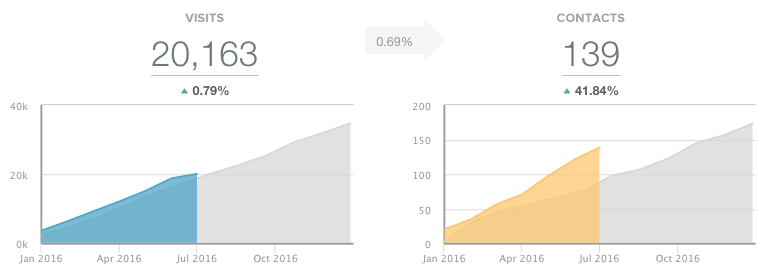
Speaking of that: Let’s talk about marketing efforts that don’t work...
LEARNING
Let’s be honest. Not everything that we do as marketers works. When you have tracking tools attached, you know immediately, before too many of your marketing dollar are spent, what works and what doesn’t. Inbound is a tremendously cost effective way to market because you know, immediately, if it isn’t working and you can change things up.
(5) What are the First Steps?
Before you can begin developing an Inbound Marketing strategy, you’ll need to do the following:
- Establish Goals
- Develop customer Personas
- Determine your Unique Selling Proposition
If you’re unsure how to do this, Inbound Marketing specialists can help. They work in this everyday and can get these base elements started for you.
To learn more about each of these prerequisites for an Inbound Marketing campaign, check out “Inbound Marketing Basics to Grow Your Business.”
Conclusion
Inbound Marketing is marketing with a magnet, not a sledgehammer. Inbound brings your customers to you without force or interruption. It’s a strategy based on solving customers problems and building relationships that pay you over and over again. But it must be done carefully. It is not easy, especially if you are new to it. But once you’re in it, you’ll never look back. If you are enlisting the help of marketing specialists make sure to find specialists qualified, educated, and above all, certified in Inbound Marketing. It they are certified, they will likely have the certifications listed on the bottom of their website.
Individual team members should also show one or more certifications on their bio page like our team members do. The more that are certified, the better. It takes a team to deploy successful Inbound Marketing strategies so they better know what they are doing!

.jpg?t=1533315998368) How-To Articles
How-To Articles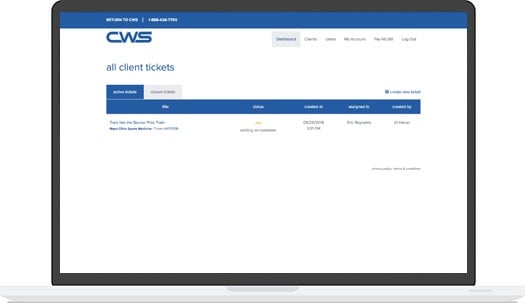 Support Portal
Support Portal Webmail
Webmail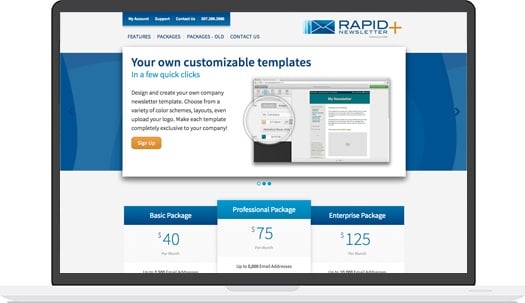 Rapid Newsletter+
Rapid Newsletter+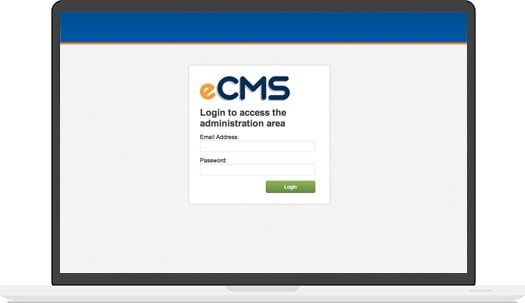 eCMS
eCMS

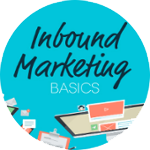
 Alex Slack is a Project Manager and Content Creator. Her magic formula for marketing success is summarized by the 3Cs: communication, creativity, and care. She will help manage your project from the initial brainstorm session, to the height of your campaign and beyond. Let Alex guide you and help simplify this crazy world of digital marketing!
Alex Slack is a Project Manager and Content Creator. Her magic formula for marketing success is summarized by the 3Cs: communication, creativity, and care. She will help manage your project from the initial brainstorm session, to the height of your campaign and beyond. Let Alex guide you and help simplify this crazy world of digital marketing!
